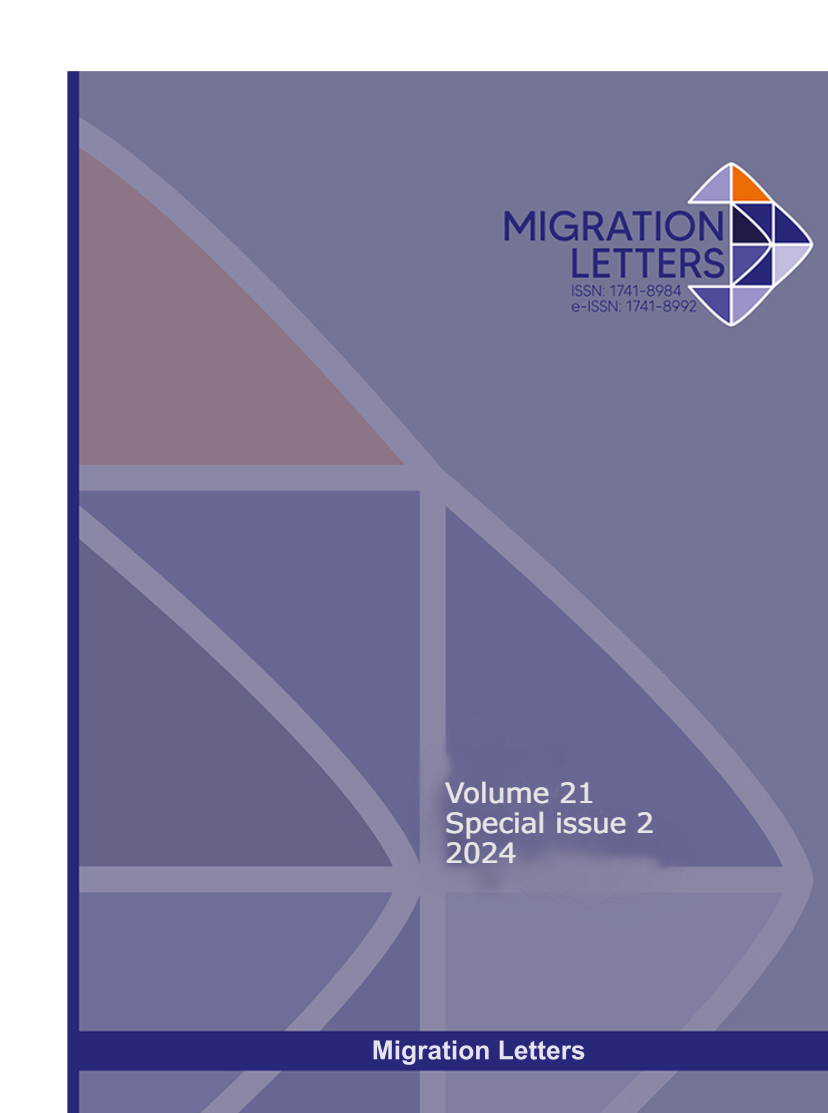Experimental Study On Dissimilar Friction Stir Welding Of Aluminium Alloys (AA-6082 And AA-5052) Under Dissimilar Pin Profile To Investigate The Mechanical Properties
Abstract
Friction stir welding is a relatively recent welding process for combining similar and different materials while preserving the base metal's characteristics. FSW is an environmentally benign technology for joining comparable and dissimilar materials with no defects and clean welds. In the friction stir welding technique, carefully designed tools and travel in a line along the specimen joint, causing frictional heating that softens the joint zone of material below the tool. Through significant plastic deformation, the moderated material flows transversely the tool and is merged to form a stable and continuous junction. To recover physical qualities from soft materials that are incompatible with additional heat treatment, the FSW technique is frequently used. In this paper Friction stir welding of dissimilar materials AA 6082 and AA 5052 was investigated. The influence of varied tool pin profile and speed on mechanical properties was investigated. A parameter in this investigation was 3 mm two dissimilar alloys plates with constant rotational speed, varied tool pin profile, and varying welding speed. For the experimental examination, cylindrical, taper, and threaded pin profiles with constant rotating speed 710 rpm, various welding speed 17 mm/m and 22 mm/m were used. The hardness was higher in the nugget zone, and the joint generated by the cylindrical pin profile with chamfered profile had the highest tensile strength. While the cylindrical shaped pin profile with straight end has higher hardness and cross over strength. Additionally, it was shown that decreasing the advantages of welding speed resulted in the maximum hardness and malleability values, whilst increasing the benefits of welding speed resulted in increased cross over strength. The parameters listed above were utilized to perform friction stir welding to join two dissimilar materials, and analysis was performed to determine the influence of different tool pin geometries on temperature and power consumption.
Metrics
Downloads
Published
How to Cite
Issue
Section
License

This work is licensed under a Creative Commons Attribution-NonCommercial-NoDerivatives 4.0 International License.
CC Attribution-NonCommercial-NoDerivatives 4.0






